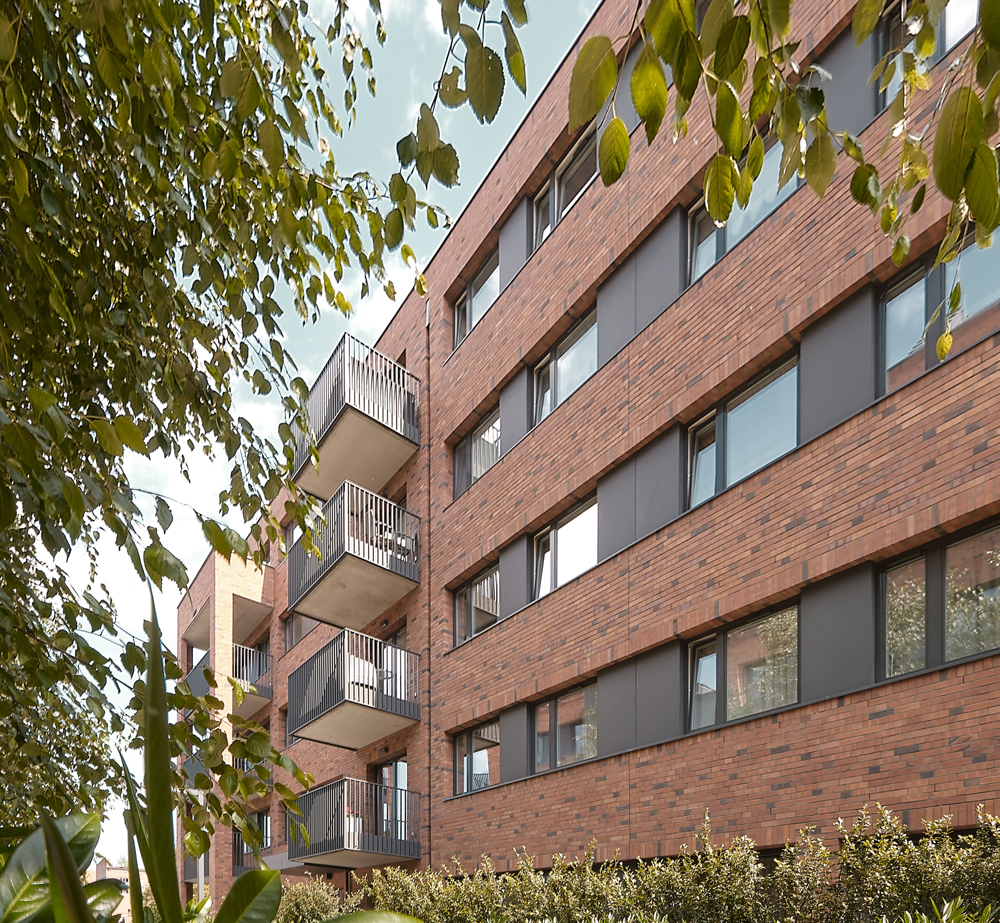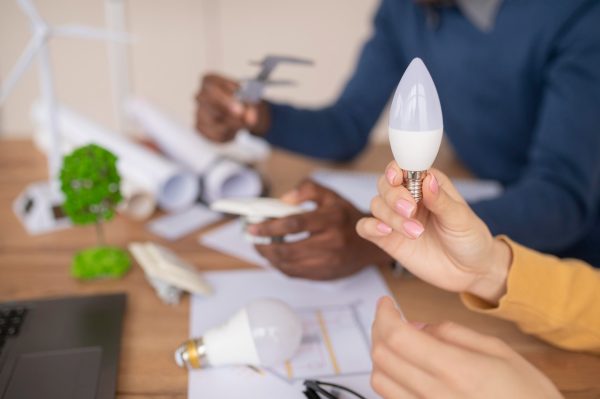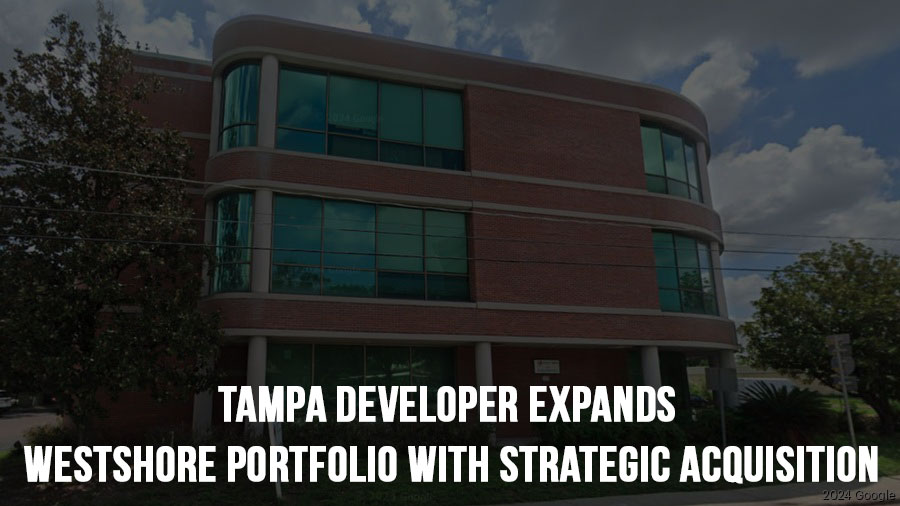
Transforming Skylines: The Surge in Office-to-Apartment Conversions Reshaping U.S. Cities in 2024
January 25, 2024
3rd Annual Reel Animals Classic Fishing Tournament
April 8, 2024Affordable Energy-Efficient Upgrades: Leveraging Financial Incentives for Multifamily Properties
Opportunities, Challenges, and Cost-Saving Strategies
Retrofitting multifamily properties for energy-efficient upgrades may not be a favorite financial topic for property owners and managers, particularly when existing building systems appear to be functioning adequately and the costs of new systems entail substantial capital investments. However, in New York City alone, a market analysis from Urban Green Council found that meeting 2024 standards would require $1.3 billion, and $11.3 billion would be needed for 2030 requirements. Yet, partnering with local utility companies, such as National Grid, for financial incentives and leveraging federal tax credits can significantly alleviate costs for property owners while substantially reducing long-term energy consumption and expenses. Urban Land Institute reports that if all multifamily buildings in the U.S. were retrofitted for energy efficiency, tenants and property owners could collectively save $8 billion annually on energy costs and reduce total electricity consumption by almost 15%.


Insights from Recent Surveys and Reports
Renters are increasingly prioritizing energy efficiency, as recent surveys indicate that energy-efficient systems are crucial to the majority of the 27 million households residing in multifamily buildings. With three out of four renters in the U.S. responsible for utility payments, amounting to approximately $21 billion annually, the significance of energy-efficient upgrades becomes even more pronounced. According to the Joint Center for Housing Studies of Harvard University, over 40% of renters, particularly those earning less than $25,000, have had to sacrifice essential expenses like food or medicine to meet monthly energy bills in 2021. Consequently, investing in energy-efficiency retrofits not only yields environmental benefits but also enhances rental housing, as highlighted in the 2022 America’s Rental Housing report from the JCHS.
Harnessing Energy Efficiency in Multifamily Housing for Competitive Advantage
Despite the evident demand for energy-efficient features among renters, a report from the American Council for an Energy-Efficient Economy reveals that only 6% of total energy-efficiency spending on multifamily units is allocated across 51 major metro areas. Nonetheless, with renters increasingly valuing energy efficiency as a key rental feature, property owners have an opportunity to distinguish their housing offerings through energy-efficient upgrades, ultimately enabling faster and more cost-effective leasing of vacant units. By mitigating the financial burden through tax credits and financial incentives from utility partners like National Grid, property owners and managers not only enhance tenant satisfaction and retention but also position themselves to meet anticipated energy-efficient requirements in the future. For more information about financial incentives for multifamily properties, interested parties can explore National Grid's energy-efficiency programs.





